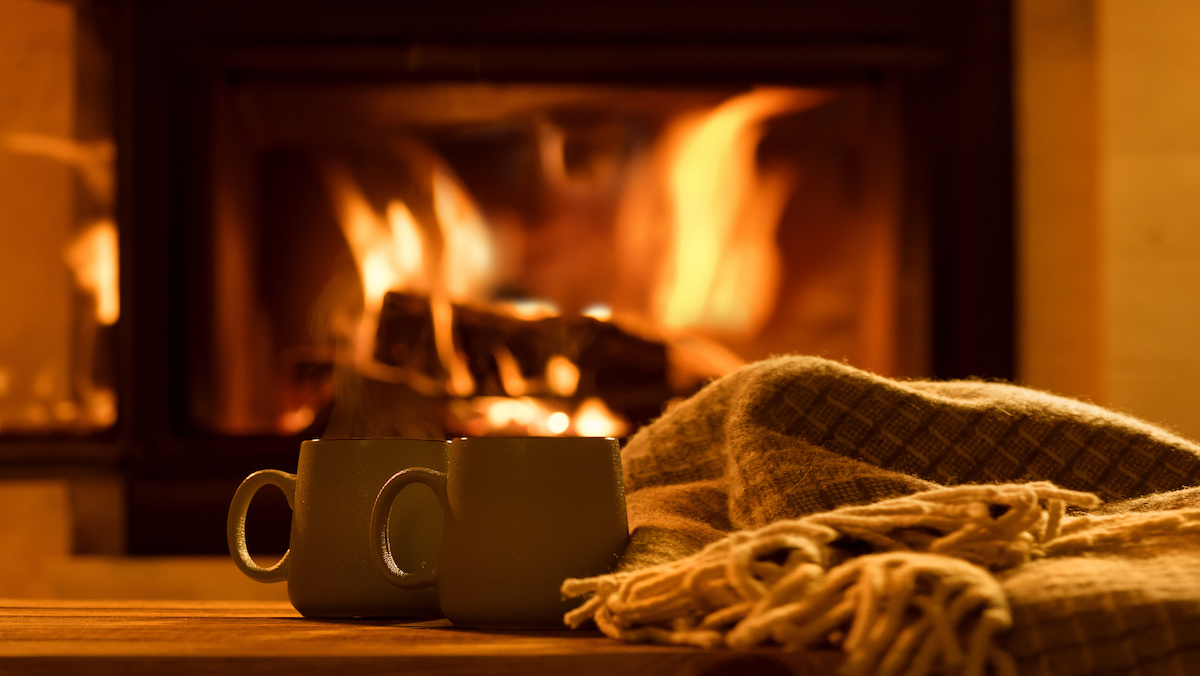

Articles
Why Does Smoke Come Out Of My Fireplace
Modified: February 24, 2024
Discover the reasons behind smoke coming out of your fireplace with our informative articles. Find solutions to prevent and fix this common issue.
(Many of the links in this article redirect to a specific reviewed product. Your purchase of these products through affiliate links helps to generate commission for Storables.com, at no extra cost. Learn more)
Introduction
Fireplaces have long been a beloved feature in homes, providing warmth, ambiance, and a cozy gathering place for family and friends. However, if you’ve noticed smoke coming out of your fireplace instead of rising up the chimney, it can be both frustrating and concerning.
Understanding the causes of smoke in fireplaces is essential for troubleshooting and resolving the issue. In this article, we will explore the common reasons why smoke may be coming out of your fireplace and provide solutions to help you enjoy a smoke-free fire.
Key Takeaways:
- Ensure proper ventilation by opening the damper, clearing air vents, and consulting professionals to enjoy a smoke-free fireplace experience and a cozy ambiance in your home.
- Address negative air pressure, clear chimney blockages, and use dry firewood to minimize smoke issues and create a warm, inviting atmosphere during cold weather months.
Common Causes of Smoke in Fireplaces
When smoke escapes from the fireplace rather than being properly vented up the chimney, it indicates a problem. Here are some common causes of smoke in fireplaces:
- Improper Ventilation: Inadequate ventilation is a major culprit when it comes to smoke issues in fireplaces. If the fireplace doesn’t have enough airflow, the smoke will have no way to escape, resulting in it being forced back into the room.
- Negative Air Pressure: Negative air pressure occurs when there is an imbalance between the air pressurization inside and outside the house. This can happen when other appliances like kitchen hoods, bathroom fans, or HVAC systems are running, creating a suction effect that draws smoke back into the home.
- Blocked Chimney or Flue: Obstructions in the chimney or flue, such as bird nests, debris, or creosote buildup, can obstruct the flow of smoke and cause it to back up into the house.
- Improperly Sized or Designed Fireplace: A fireplace that is too small or improperly designed can restrict airflow and lead to smoke spillage. A poorly designed chimney that is too short or lacks a proper draft can also contribute to smoke problems.
- Damaged or Faulty Chimney Cap: The chimney cap plays a crucial role in preventing the entry of debris, animals, and excess moisture into the chimney. If the chimney cap is damaged, missing, or ill-fitted, it can impair proper ventilation and cause smoke to escape into the home.
- Poor Quality or Wet Firewood: The type and condition of the firewood used can affect the quality of the fire and the amount of smoke produced. Wet or unseasoned firewood can create excess smoke and make it difficult for the fire to burn efficiently.
- Cold Outside Temperature: Cold air can create a layer of dense, cold air that settles in the chimney. This cold air may prevent the upward flow of warm air and smoke, causing it to come back down into the house.
Identifying the specific cause of smoke in your fireplace is the first step towards resolving the issue. In the following sections, we will discuss potential solutions for each of these causes to help you enjoy a smoke-free fireplace experience.
Improper Ventilation
One of the most common reasons for smoke coming out of a fireplace is improper ventilation. Without proper airflow, the smoke has no way to escape and ends up filling the room instead. Here are some steps you can take to address ventilation issues:
- Open the Damper: The damper is a metal plate located inside the fireplace that controls the airflow. Make sure the damper is fully open before starting a fire to allow for proper ventilation.
- Clear the Air Vents: Check if there are any vents or grilles near the fireplace that may be obstructed. Clear away any dust, debris, or furniture blocking the vents to ensure maximum airflow.
- Adjust Room Air Intake: Some fireplaces have a dedicated fresh air intake that supplies outside air directly to the fireplace. Check if this intake is open and unobstructed to improve ventilation.
- Install a Fireplace Hood or Canopy: A fireplace hood or canopy can help direct the smoke up the chimney by creating a barrier that prevents it from entering the room. This can be particularly useful in cases where the fireplace opening is too shallow or when there is excessive smoke production.
- Consider Fireplace Doors: Installing fireplace doors can help control the airflow and prevent smoke from entering the room. Ensure the doors are properly fitted and have vents to allow for sufficient air circulation.
- Consult with a Professional: If you have made these adjustments and are still experiencing smoke issues, it may be necessary to consult with a professional chimney sweep or fireplace expert. They can assess your fireplace and ventilation system to identify any underlying issues and provide appropriate solutions.
Improving the ventilation in your fireplace is crucial for preventing smoke from entering your living space. By maximizing airflow and ensuring proper functionality of the ventilation components, you can create a more enjoyable and efficient fireplace experience.
Negative Air Pressure
Negative air pressure occurs when there is an imbalance between the air pressure inside and outside the house. This can create a suction effect that pulls smoke back into the room instead of allowing it to vent up the chimney. Here are some steps to address negative air pressure issues:
- Open a Window or Door: Opening a window or door near the fireplace can help equalize the air pressure and allow the smoke to escape up the chimney. This introduces fresh air into the room and reduces the negative pressure exerted on the fireplace.
- Use Exhaust Fans Properly: Avoid using large exhaust fans, such as kitchen hoods or bathroom fans, while the fireplace is in use. These fans can create a significant amount of negative pressure that can draw smoke into the living area. If necessary, ensure the exhaust fans are turned off or used sparingly during fireplace operation.
- Install a Dedicated Outside Air Kit: A dedicated outside air kit can be installed to provide the fireplace with a direct source of fresh air from outside the house. This helps balance the air pressure and prevent negative pressure from disrupting the normal flow of smoke.
- Seal Air Leaks: Inspect the area around the fireplace for any air leaks that could contribute to negative air pressure. Seal any gaps, cracks, or openings in the walls, windows, or doors to minimize air infiltration and maintain a balanced pressure inside the house.
- Consider a Heat Recovery Ventilator (HRV): An HRV system helps balance the air pressure by exchanging stale indoor air with fresh outdoor air. This can be an effective solution for homes that frequently experience negative air pressure issues.
- Consult with a Professional: If you’ve tried these steps and are still experiencing negative air pressure problems, it may be necessary to consult with an HVAC specialist or a professional chimney sweep. They can assess your home’s ventilation system and recommend further measures to address the issue.
Resolving negative air pressure issues is vital for ensuring proper ventilation and preventing smoke from escaping into your living space. By taking these steps to balance air pressure, you can enjoy a smoke-free fireplace experience.
Blocked Chimney or Flue
A blocked chimney or flue is a common cause of smoke coming out of a fireplace. Obstructions such as bird nests, debris, or creosote buildup can impede the flow of smoke and cause it to back up into the house. Here are some steps to address this issue:
- Inspect the Chimney: Use a flashlight and visually inspect the chimney from both the fireplace and roof. Look for any signs of blockage, such as nesting materials or debris that may be obstructing the flue.
- Clear Obstructions: If you spot any obstructions, carefully remove them using a chimney brush, a long flexible rod, or by employing the services of a professional chimney sweep. Make sure to wear protective gear and follow safety guidelines when performing this task.
- Creosote Cleaning: Creosote, a byproduct of combustion, can accumulate inside the chimney over time and increase the risk of a chimney fire. Schedule regular chimney cleanings to remove creosote buildup and ensure unobstructed airflow.
- Install a Chimney Cap: A chimney cap serves as a protective barrier against debris, animals, and excess moisture. Ensure that your chimney has a properly installed cap to prevent future blockages.
- Consider a Chimney Liner: If your chimney has a rough or oversized interior, it can impede proper airflow and contribute to smoke issues. Installing a chimney liner can improve draft efficiency and minimize the risk of blockages.
- Maintain Regular Chimney Maintenance: Regular chimney inspections and cleanings by a certified chimney professional are essential to maintain a well-functioning and safe fireplace. They can identify any potential issues, remove blockages, and provide necessary repairs.
Addressing a blocked chimney or flue is crucial not only for preventing smoke from entering your home but also for ensuring the safe operation of your fireplace. By taking proactive measures to clear obstructions and maintain regular maintenance, you can enjoy a properly functioning fireplace.
Read more: Why Does My Gas Fireplace Keep Going Out
Improperly Sized or Designed Fireplace
An improperly sized or designed fireplace can restrict airflow and lead to smoke spillage. If the fireplace is too small or lacks the proper dimensions and design elements, it can hinder the effective combustion of the fire and cause smoke to enter the room. Here are some steps to address this issue:
- Consult with a Professional: If you suspect that your fireplace is improperly sized or designed, it’s best to consult with a professional fireplace expert or chimney sweep. They can assess your fireplace and make recommendations on any necessary modifications or improvements.
- Consider a Fireplace Insert: A fireplace insert is a device that fits into an existing fireplace and improves its efficiency. It can help resolve size or design issues by providing a properly designed combustion chamber and improving the overall performance of the fireplace.
- Install a Fireplace Smoke Guard: In some cases, if the fireplace opening is too large, a smoke guard can be installed to reduce the size of the opening. This can help create a better draft and prevent smoke from entering the room.
- Add a Fireplace Hood: A hood or canopy installed above the fireplace opening can help redirect smoke up the chimney. It can improve the draft and prevent smoke from spilling into the room. Ensure that the hood is installed correctly and fits properly with the fireplace structure.
- Modify the Fireplace Size: If it is determined that the fireplace is severely undersized or poorly designed, it may be necessary to consider a more significant modification to the size or configuration. This can involve rebuilding or expanding the fireplace to meet proper specifications.
Addressing improper sizing or design issues may require professional assistance, as it involves structural modifications to the fireplace. By consulting with experts and considering appropriate modifications, you can achieve better airflow and minimize smoke issues in your fireplace.
Damaged or Faulty Chimney Cap
A damaged or faulty chimney cap can contribute to smoke issues in your fireplace. The chimney cap plays a crucial role in preventing the entry of debris, animals, and excess moisture into the chimney. If the chimney cap is damaged, missing, or ill-fitted, it can impair proper ventilation and cause smoke to escape into the home. Here are some steps to address this issue:
- Inspect the Chimney Cap: Check the condition of your chimney cap. Look for any signs of damage, such as cracks, rust, or missing parts. Ensure that it is properly attached and securely fitted to the chimney.
- Repair or Replace the Chimney Cap: If the chimney cap is damaged, consider repairing or replacing it. You can often find chimney caps at home improvement stores or consult with a chimney professional to assist with the repair or replacement process.
- Ensure Proper Installation: When replacing or installing a new chimney cap, make sure it is correctly fitted and securely attached to the chimney. Follow the manufacturer’s instructions or seek assistance from a professional if needed.
- Consider a Spark Arrestor: A spark arrestor is a mesh screen that can be attached to the chimney cap. It helps prevent sparks from the fire from escaping and potentially causing a fire hazard. Adding a spark arrestor can enhance safety and improve the performance of your chimney.
- Maintain Regular Chimney Cap Maintenance: Regularly inspect your chimney cap to ensure it remains in good condition. Clean away any debris or buildup that may accumulate on the cap and obstruct proper airflow.
Addressing a damaged or faulty chimney cap is crucial for maintaining proper ventilation and preventing smoke issues in your fireplace. By inspecting, repairing, or replacing the cap as needed, you can ensure that your chimney functions efficiently and keeps smoke where it belongs – outside of your home.
Poor Quality or Wet Firewood
The type and condition of the firewood used in your fireplace can significantly impact the quality of the fire and the amount of smoke produced. Poor quality or wet firewood can create excess smoke and make it difficult for the fire to burn efficiently. Here are some steps to address this issue:
- Choose High-Quality Firewood: Opt for hardwoods like oak, maple, or ash, as they are denser and burn more efficiently than softwoods like pine or spruce. High-quality firewood should be properly seasoned, with a moisture content of around 20% or less.
- Season Firewood Properly: Wet or unseasoned firewood contains a higher amount of moisture, leading to excessive smoke when burned. To properly season firewood, it needs to be split and stacked in a dry, well-ventilated area for at least six months to a year before use.
- Store Firewood Properly: Ensure that your firewood is stored in a dry location, protected from rain and snow. Use a firewood rack or elevate the wood off the ground to prevent moisture absorption. Cover the top of the stack with a tarp or waterproof cover to keep it dry.
- Check Firewood Moisture Content: Use a moisture meter to check the moisture content of the firewood. Ideally, it should read around 20% or less for optimal burning and minimal smoke production.
- Avoid Overloading the Fireplace: Avoid cramming too much firewood into the fireplace at once. Overloading the fireplace can restrict airflow and lead to incomplete combustion, resulting in more smoke being produced.
- Use Kindling and Proper Fire-Starting Techniques: Start your fire with small, dry kindling to ensure a good initial burn. Avoid using accelerants like gasoline or other flammable liquids, as they can lead to excess smoke and can be dangerous.
- Consider Using a Fire Starter: Fire starters, such as natural firelighters or fatwood sticks, can help ignite the fire more easily and reduce smoke production. These materials are typically easy to use, burn cleanly, and can help get your fire off to a good start.
By using high-quality, properly seasoned firewood and following proper fire-starting techniques, you can minimize smoke production and maximize the efficiency of your fireplace. Remember, the key is to create a hot and clean-burning fire that produces minimal smoke throughout its duration.
Cold Outside Temperature
Cold outside temperatures can contribute to smoke issues in fireplaces. When the air outside is cold, it creates a layer of dense, cold air that settles in the chimney. This layer of cold air can prevent the upward flow of warm air and smoke, causing it to come back down into the house. Here are some steps to address this issue:
- Pre-warm the Chimney: Before starting a fire, warm up the chimney by lighting some rolled-up newspaper and holding it up near the damper or in the firebox for a few minutes. This can help create an upward draft and minimize the backflow of smoke.
- Prime the Flue: If the chimney has been unused for an extended period or is exceptionally cold, you can prime the flue by lighting a small amount of kindling and allowing it to burn for a couple of minutes. This helps warm up the chimney and create a draft before starting a fire with larger logs.
- Use a Chimney Balloon: A chimney balloon is an inflatable device that can be placed inside the chimney to block off airflow when the fireplace is not in use. It helps prevent the entry of cold outside air into the chimney and reduces the chances of cold air causing smoke issues.
- Insulate the Chimney: Consider insulating the chimney with a special chimney liner or chimney wrap designed to minimize heat loss. This can help keep the chimney warmer, maintain better airflow, and reduce the likelihood of cold air causing smoke to backflow into the house.
- Keep the Damper Open: Ensure that the damper is fully open during the entire duration of the fire. This allows for proper airflow and helps smoke rise up and exit the chimney effectively.
- Investigate Draught-Inducing Solutions: Installing a draft-inducing chimney cap, using a top-mounted chimney fan, or implementing a specialized chimney draft inducer can help create a more consistent and powerful draft in your chimney, improving ventilation and reducing the impact of cold outside temperatures on smoke flow.
Addressing the impact of cold outside temperatures on your fireplace’s draft is essential for minimizing smoke issues. By employing these strategies, you can help ensure that your fireplace remains enjoyable and smoke-free, even during cold weather conditions.
Make sure your fireplace damper is fully open before starting a fire to allow proper ventilation. Also, have your chimney inspected and cleaned regularly to prevent smoke buildup.
Read more: Why Is My Toaster Smoking
Resolving Smoke Issues in Fireplaces
Experiencing smoke coming out of your fireplace can be frustrating, but there are several steps you can take to resolve the issue and enjoy a smoke-free fire. Here’s a summary of the solutions we’ve discussed for the common causes of smoke in fireplaces:
- Proper Ventilation: Ensure that the fireplace and adjacent vents or grilles are unobstructed for optimal airflow. Open the damper fully and consider additional measures like a fireplace hood or dedicated outside air kit for improved ventilation.
- Negative Air Pressure: Open a window or door when using the fireplace to equalize the air pressure. Limit the use of large exhaust fans while the fireplace is in use and consider installing a dedicated outside air kit or heat recovery ventilator to balance air pressure.
- Blocked Chimney or Flue: Regularly inspect and clean the chimney to remove obstructions like bird nests, debris, or creosote buildup. Install a chimney cap, spark arrestor, or chimney liner to prevent future blockages.
- Improperly Sized or Designed Fireplace: Consult with a professional to assess your fireplace and consider modifications like a fireplace insert, smoke guard, fireplace hood, or redesigning the fireplace to ensure proper airflow.
- Damaged or Faulty Chimney Cap: Inspect and repair or replace a damaged chimney cap to prevent debris and animals from obstructing the chimney. Ensure proper installation and consider adding a spark arrestor for added safety.
- Poor Quality or Wet Firewood: Choose high-quality, properly seasoned firewood with low moisture content. Store firewood in a dry area and use kindling and proper fire-starting techniques for efficient burns.
- Cold Outside Temperature: Pre-warm the chimney, prime the flue, or invest in solutions like a chimney balloon or insulation to minimize the impact of cold air on smoke flow.
By identifying the specific cause and implementing the appropriate solutions, you can effectively resolve smoke issues in your fireplace. However, if smoke problems persist or if you’re unsure how to address the issue, it’s advisable to consult with a professional chimney sweep or fireplace expert for further guidance and assistance.
With the right steps and maintenance, you can enjoy a smoke-free fireplace experience, creating a warm and inviting ambiance in your home.
Ensuring Proper Ventilation
Proper ventilation is crucial for a smoke-free fireplace experience. When a fireplace doesn’t have adequate airflow, smoke can be forced back into the room instead of rising up the chimney. Here are some steps to ensure proper ventilation:
- Open the Damper: The damper is a metal plate located inside the fireplace that controls airflow. Before starting a fire, make sure the damper is fully open to allow smoke to escape through the chimney.
- Clear Air Vents: Check for any vents or grilles near the fireplace that may be obstructed. Clear away dust, debris, or furniture that may be blocking the vents to ensure maximum airflow.
- Adjust Room Air Intake: Some fireplaces have a dedicated fresh air intake that supplies outside air directly to the fireplace. Check if this intake is open and unobstructed to improve ventilation.
- Install a Fireplace Hood or Canopy: A fireplace hood or canopy can help direct smoke up the chimney by creating a barrier that prevents it from entering the room. This is particularly useful when dealing with shallow fireplace openings or excessive smoke production.
- Consider Fireplace Doors: Installing fireplace doors can help control airflow and prevent smoke from entering the room. Ensure the doors are properly fitted and have vents to allow for sufficient air circulation.
- Consult with a Professional: If you’ve made these adjustments and are still experiencing smoke issues, it may be necessary to consult with a professional chimney sweep or fireplace expert. They can assess your fireplace and ventilation system to identify any underlying issues and provide appropriate solutions.
Proper ventilation is essential to ensure that smoke from the fireplace is effectively drawn up and out of the chimney. By following these steps and seeking professional assistance if needed, you can enhance the airflow in your fireplace and enjoy a smoke-free environment.
Correcting Negative Air Pressure
Negative air pressure can disrupt the proper functioning of a fireplace and cause smoke to be drawn back into the room. To correct negative air pressure and ensure adequate ventilation, consider the following steps:
- Open a window or door: When using the fireplace, open a nearby window or door to introduce fresh air into the room. This helps equalize the air pressure and prevents smoke from being drawn back inside.
- Limit use of large exhaust fans: Large exhaust fans, such as those in the kitchen or bathroom, can create significant negative air pressure. Minimize their usage when the fireplace is in operation or ensure there is proper ventilation to offset the pressure imbalance.
- Install a dedicated outside air kit: A dedicated outside air kit provides direct airflow to the fireplace, reducing the impact of negative air pressure. By supplying fresh air from outside, it helps balance the pressure and supports proper ventilation.
- Use a heat recovery ventilator (HRV): An HRV system can aid in maintaining balanced air pressure throughout the house. It exchanges stale indoor air with fresh outdoor air, reducing the negative pressure effect on the fireplace.
- Seal air leaks: Inspect the area around the fireplace for any air leaks that might contribute to negative air pressure. Seal gaps, cracks, or openings in the walls, windows, and doors to minimize the infiltration of outside air.
- Consult with a professional: If you’ve implemented these measures and are still experiencing negative air pressure issues, it is a good idea to seek the assistance of a professional. An HVAC specialist or chimney sweep can assess your home’s ventilation system and recommend appropriate solutions.
Correcting negative air pressure is crucial for maintaining proper airflow and preventing smoke in your fireplace. By taking these steps and consulting with professionals when needed, you can alleviate the negative pressure and ensure a well-ventilated and enjoyable fireplace experience.
Clearing Blocked Chimney or Flue
A blocked chimney or flue can cause smoke to back up into your home instead of being properly vented up and out of the chimney. To clear any obstructions and restore proper airflow, consider the following steps:
- Inspect the chimney: Use a flashlight to visually inspect the chimney for any obvious signs of blockage, such as bird nests, debris, or creosote buildup. Check both inside the fireplace and on the roof where the chimney extends.
- Safely remove obstructions: If you identify any blockage, take the appropriate measures to remove it. This can be done using a chimney brush, a long flexible rod, or by seeking the assistance of a professional chimney sweep. Make sure to wear protective gear and follow safety guidelines.
- Clean creosote buildup: Creosote is a sticky, flammable substance that can accumulate inside the chimney. It is important to have regular chimney cleanings to remove this buildup, as it can cause blockages and increase the risk of a chimney fire. Hire a professional chimney sweep to perform a thorough cleaning.
- Install a chimney cap: A chimney cap acts as a protective barrier against debris, animals, and excess moisture. Ensure that your chimney has a properly installed cap to prevent future blockages and maintain proper ventilation.
- Consider a chimney liner: If your chimney has a rough or oversized interior, it can restrict airflow and contribute to blockages. Installing a chimney liner can improve draft efficiency and prevent future obstructions.
- Maintain regular chimney maintenance: Regular inspections and cleanings by a certified chimney professional are essential to ensure a clear and properly functioning chimney. They can identify potential issues, remove blockages, and provide necessary repairs or recommendations.
Clearing a blocked chimney or flue is essential for maintaining proper ventilation and preventing smoke from entering your home. By inspecting, removing obstructions, and maintaining regular chimney maintenance, you can ensure that your chimney functions optimally, providing a safe and enjoyable fireplace experience.
Read more: Why Is My Blender Smoking
Modifying Fireplace Size or Design
If your fireplace is improperly sized or designed, it can hinder proper airflow and contribute to smoke issues. Modifying the size or design of the fireplace may be necessary to improve ventilation and prevent smoke spillage. Consider the following steps:
- Consult with a professional: If you suspect that your fireplace is improperly sized or designed, it is advisable to consult with a professional fireplace expert or chimney sweep. They can assess your fireplace and provide recommendations tailored to your specific situation.
- Consider a fireplace insert: Installing a fireplace insert is an option for improving the efficiency and design of an existing fireplace. A fireplace insert fits into the opening of the fireplace and can provide a properly designed combustion chamber for optimal airflow and reduced smoke production.
- Install a smoke guard: If the fireplace opening is too large, a smoke guard can be installed to reduce the opening’s size. This helps establish a better draft and prevents smoke from billowing into the room.
- Add a fireplace hood: Installing a hood or canopy above the fireplace opening can help redirect smoke up the chimney. It creates a barrier that prevents smoke from spilling back into the room, improving the overall draft and ventilation.
- Modify the size or configuration: In severe cases where the fireplace is significantly undersized or poorly designed, it may be necessary to consider modifying the size or configuration of the fireplace. This can involve rebuilding or expanding the fireplace to adhere to proper specifications and ensure adequate airflow.
Modifying the size or design of a fireplace is a more involved process that may require professional assistance. By consulting with experts and considering appropriate modifications, you can improve the airflow, reduce smoke issues, and create a more efficient and visually appealing fireplace.
Repairing or Replacing Chimney Cap
A damaged or faulty chimney cap can contribute to smoke issues in your fireplace. The chimney cap performs a crucial role in preventing debris, animals, and excess moisture from entering the chimney. If the chimney cap is damaged, missing, or ill-fitted, it can impair proper ventilation and cause smoke to escape into your home. Here are steps to repair or replace a chimney cap:
- Inspect the chimney cap: Check the condition of your chimney cap. Look for signs of damage, such as cracks, rust, or missing parts. Ensure that it is properly attached and securely fitted to the chimney.
- Repair the chimney cap: If the chimney cap has minor damage, such as small cracks or loose fittings, it may be possible to repair it. Use appropriate materials and techniques to fix any issues. However, be cautious as improper repairs can compromise the cap’s effectiveness.
- Replace the chimney cap: If the chimney cap is beyond repair or missing altogether, it is essential to replace it. Measure the dimensions of your chimney opening and choose a suitable chimney cap that fits properly. You can find chimney caps at home improvement stores or consult with a chimney professional for guidance.
- Ensure proper installation: When installing a new chimney cap, take care to follow the manufacturer’s instructions and ensure proper fitting. The cap should be securely attached to the chimney, with all necessary components in place.
- Consider a spark arrestor: In addition to the chimney cap, consider installing a spark arrestor. A spark arrestor is a mesh screen that adds an extra layer of protection by preventing sparks from escaping the chimney and potentially causing a fire hazard.
- Maintain regular chimney cap maintenance: Regularly inspect your chimney cap to ensure it remains in good condition. Remove any debris or buildup that may accumulate on the cap, as it can obstruct proper airflow and ventilation.
Repairing or replacing a damaged or faulty chimney cap is crucial for maintaining proper ventilation and preventing smoke from entering your home. By inspecting, repairing, or replacing the cap as needed and conducting regular maintenance, you can ensure that your chimney functions effectively and keeps smoke where it belongs – outside of your home.
Using Dry and High-Quality Firewood
The type and condition of the firewood used in your fireplace can significantly impact the quality of the fire and the amount of smoke produced. Using dry and high-quality firewood ensures efficient combustion and minimizes smoke issues. Here are steps to ensure you are using the best firewood:
- Choose the right firewood: Opt for hardwoods like oak, maple, or ash, as they are denser and burn more efficiently than softwoods like pine or spruce. Hardwoods produce less smoke and create a longer-lasting fire.
- Season the firewood properly: Wet or unseasoned firewood contains a higher amount of moisture, leading to excessive smoke when burned. Seasoning firewood involves drying it out to reduce moisture content. To properly season firewood, split it and stack it in a clean, well-ventilated area for at least 6-12 months until it reaches a moisture content of around 20% or less.
- Store firewood correctly: Ensure that your firewood is stored in a dry location, protected from rain and snow. Use a firewood rack or elevate the wood off the ground to prevent moisture absorption. Cover the top of the stack with a tarp or waterproof cover to keep it dry and protect it from the elements.
- Check firewood moisture content: Use a moisture meter to check the moisture content of the firewood. Ideally, it should read around 20% or less for optimal burning and minimal smoke production. If the firewood is still too wet, continue seasoning it until it reaches the desired moisture level.
- Avoid overloading the fireplace: Avoid cramming too much firewood into the fireplace at once. Overloading the fireplace restricts airflow and can lead to incomplete combustion, resulting in more smoke being produced. Add smaller, well-seasoned logs gradually to maintain a consistent and efficient burn.
- Use kindling and proper fire-starting techniques: Start your fire with small, dry kindling to ensure a good initial burn. Avoid using accelerants like gasoline or other flammable liquids, as they can result in excess smoke and can be dangerous. Use natural fire starters or fatwood sticks to help ignite the fire more easily.
- Regularly clean the fireplace and remove ash: Clean out the fireplace regularly, removing any excess ash and debris. Excessive ash can impede proper airflow and contribute to smoke production.
By using dry and high-quality firewood, you can minimize smoke production and ensure efficient and enjoyable fires in your fireplace. Proper seasoning, storage, and maintenance of firewood are key to maximizing heat output and reducing the likelihood of smoke issues.
Preparing the Fireplace for Cold Weather
When the cold weather arrives, it’s important to properly prepare your fireplace to ensure optimal performance and reduce the chances of smoke issues. Here are steps to prepare your fireplace for the colder months:
- Schedule a chimney inspection: Before the cold weather sets in, it’s advisable to have your chimney inspected by a professional chimney sweep. They can check for any damage, blockages, or necessary repairs that could affect the performance of your fireplace.
- Clean the chimney and fireplace: Remove any built-up soot, ash, or debris from the fireplace and chimney. Cleaning the chimney helps improve ventilation and reduces the risk of chimney fires. Sweep the fireplace and remove any ashes and leftover wood to maintain good airflow.
- Check the damper: Ensure that the damper is functioning correctly, opening and closing smoothly. Make sure the damper is fully open before starting a fire to allow for proper ventilation and draft.
- Inspect the chimney cap: Check the chimney cap for any signs of damage or wear. Repair or replace the cap if necessary to prevent debris or animals from entering the chimney and obstructing airflow.
- Seal any air leaks: Check for any gaps or cracks around the fireplace and chimney and seal them. Use a fireplace caulk or sealant to prevent cold air from entering the living space and affecting the draft.
- Stock up on dry firewood: Ensure that you have an adequate supply of dry and properly seasoned firewood. Well-seasoned firewood burns more efficiently, produces less smoke, and provides better heat output. Store it in a dry location off the ground to prevent moisture absorption.
- Install a fireplace draft stopper: A draft stopper, also known as a chimney balloon, can be inserted into the chimney when the fireplace is not in use. This helps create a barrier that prevents cold air from entering the living space and reduces drafts.
- Consider adding insulation: Insulating the chimney and fireplace area can help minimize heat loss and improve the overall efficiency of your fireplace. Install a chimney liner or wrap insulation around the chimney to maintain a consistent temperature and enhance the draft.
- Keep the fireplace clean and well-maintained: Throughout the cold weather season, regularly clean the fireplace, removing ash and debris after each use. This ensures better airflow and reduces the build-up of creosote, a flammable substance that can contribute to chimney fires.
By properly preparing your fireplace for cold weather, you can enjoy a warm and cozy atmosphere without worrying about smoke issues or inefficient performance. Regular maintenance, inspections, and the use of dry firewood will help ensure a pleasant and safe fireplace experience throughout the winter months.
Read more: Why Is My Fireplace Popping
Conclusion
Dealing with smoke issues in your fireplace can be a frustrating experience. However, by understanding the common causes and implementing the appropriate solutions, you can enjoy a smoke-free and efficient fireplace. Proper ventilation, addressing negative air pressure, clearing blockages, and ensuring the right size and design are essential steps in resolving smoke problems.
Additionally, using dry and high-quality firewood, preparing the fireplace for cold weather, and maintaining the chimney cap are crucial for optimal performance and reducing smoke production. Regular maintenance, such as chimney inspections and cleanings, will keep your fireplace in good condition and minimize the risk of smoke-related issues.
If you encounter persistent smoke problems that are difficult to resolve, it’s always recommended to consult with a professional chimney sweep or fireplace expert. They have the expertise and tools to diagnose and address any underlying issues that may affect the performance of your fireplace.
With proper care, maintenance, and attention to ventilation, you can enjoy a smoke-free fireplace experience, creating a warm and inviting atmosphere in your home, especially during the colder months.
Remember, the joy of a crackling fire and the cozy warmth it provides should not be overshadowed by smoke. By taking the appropriate measures, you can transform your fireplace into a focal point of comfort and relaxation, free from unwanted smoke. Stay mindful of the causes and solutions discussed in this article, and embrace the pleasure of a well-functioning, smoke-free fireplace.
Frequently Asked Questions about Why Does Smoke Come Out Of My Fireplace
Was this page helpful?
At Storables.com, we guarantee accurate and reliable information. Our content, validated by Expert Board Contributors, is crafted following stringent Editorial Policies. We're committed to providing you with well-researched, expert-backed insights for all your informational needs.
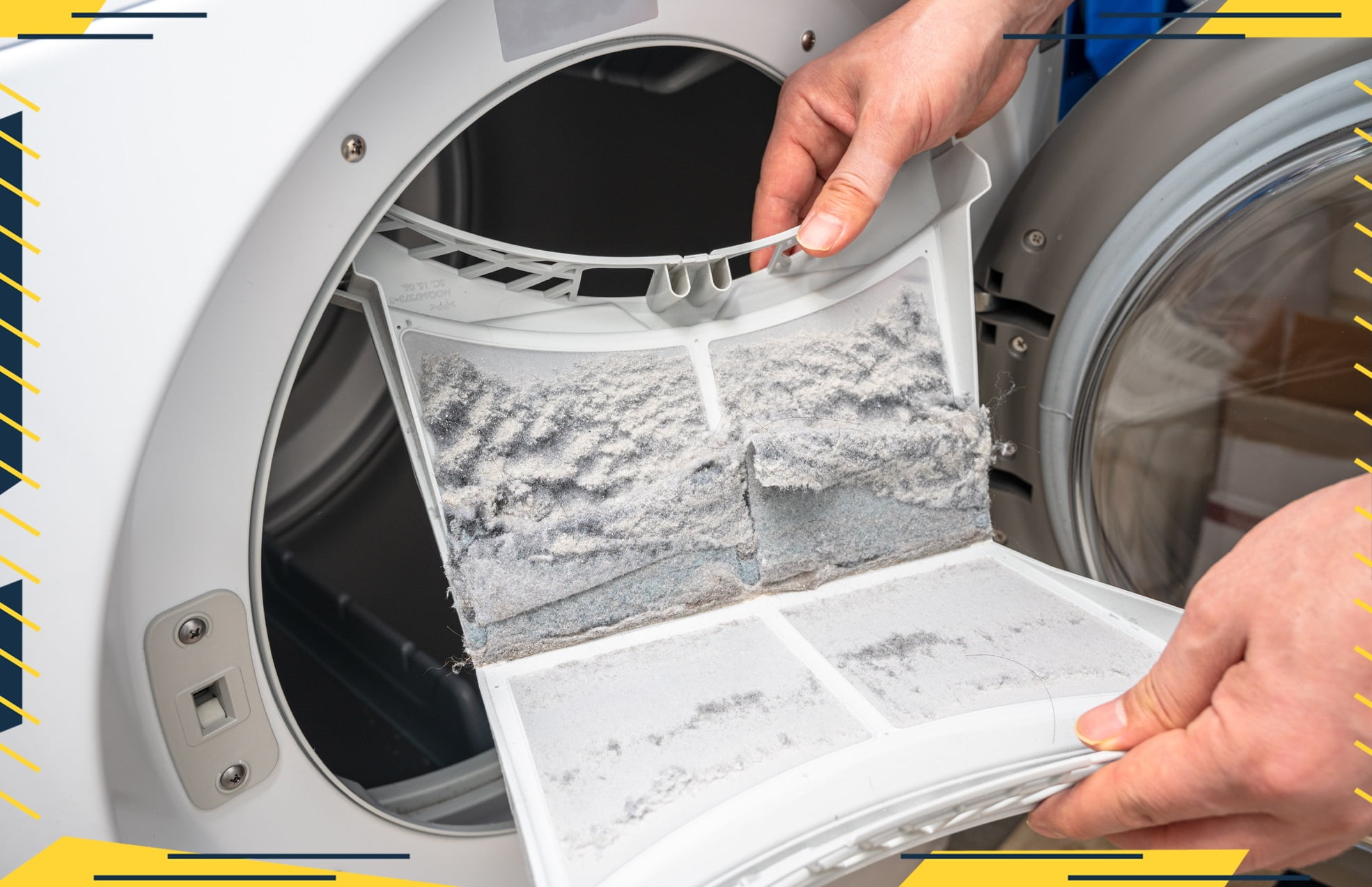
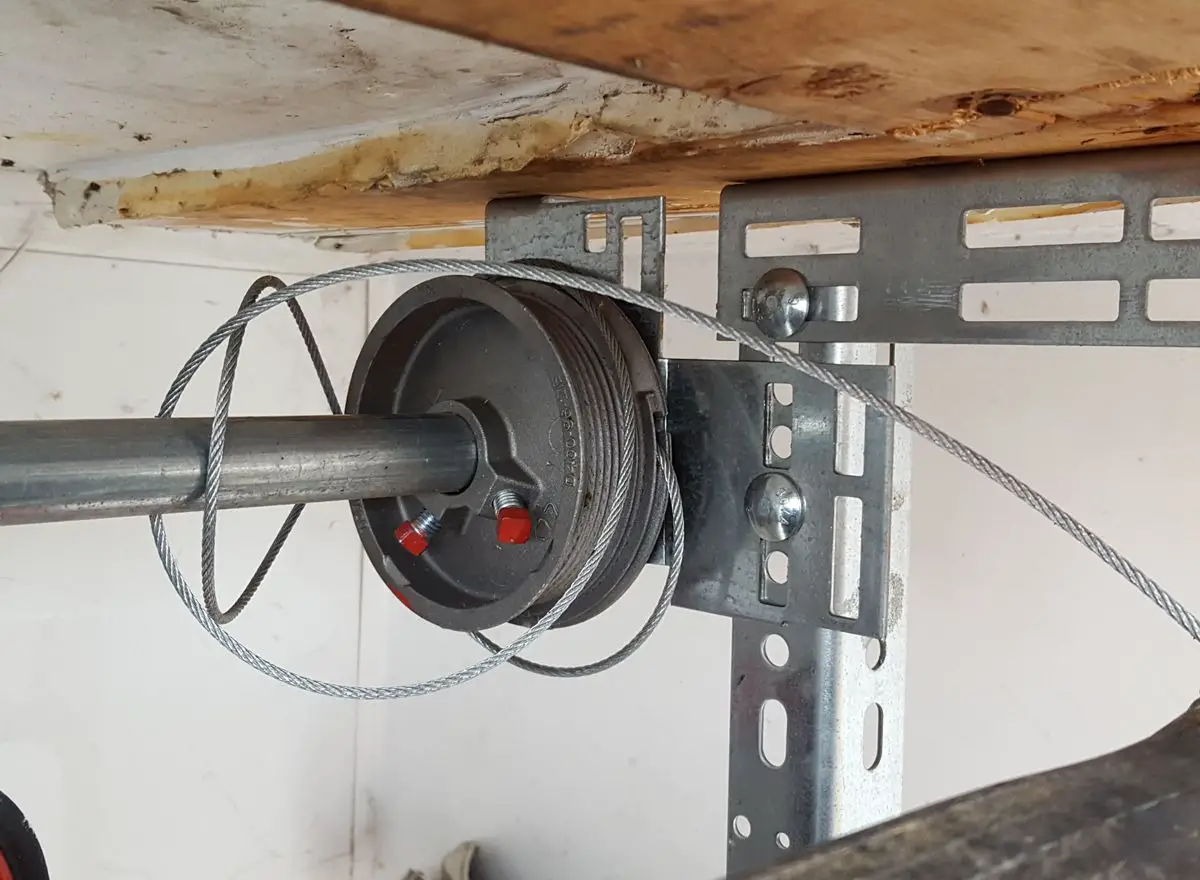
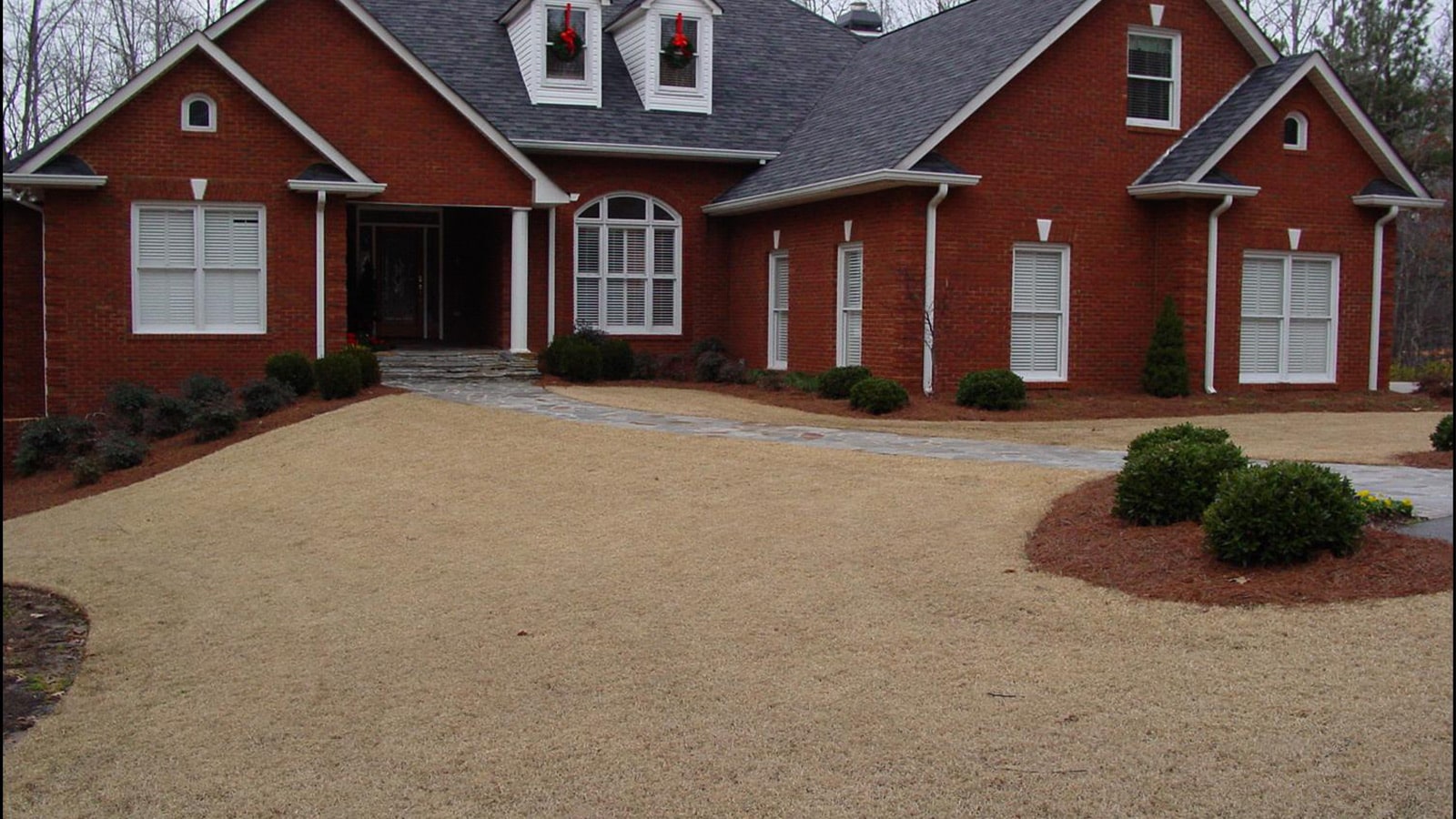
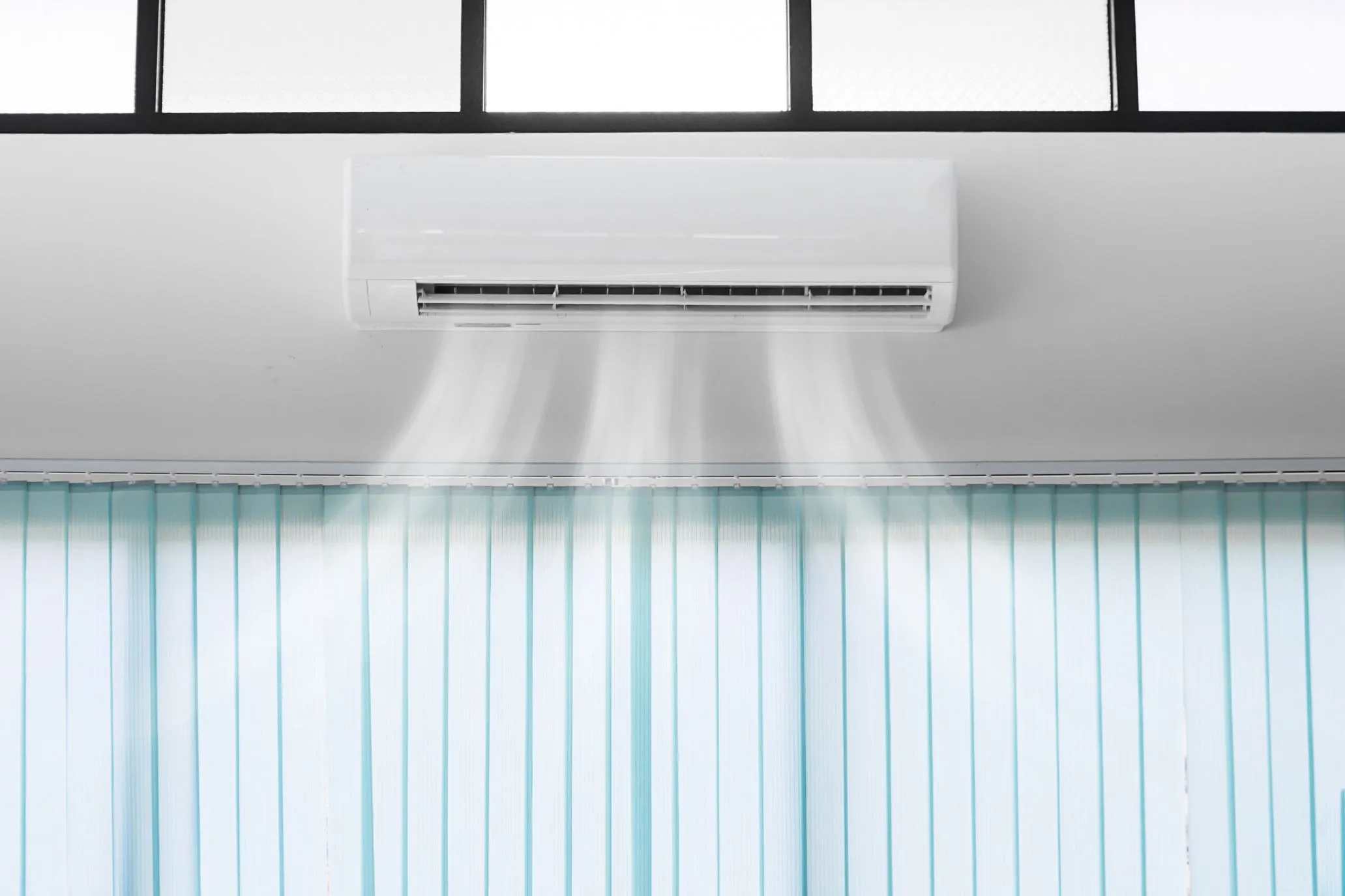
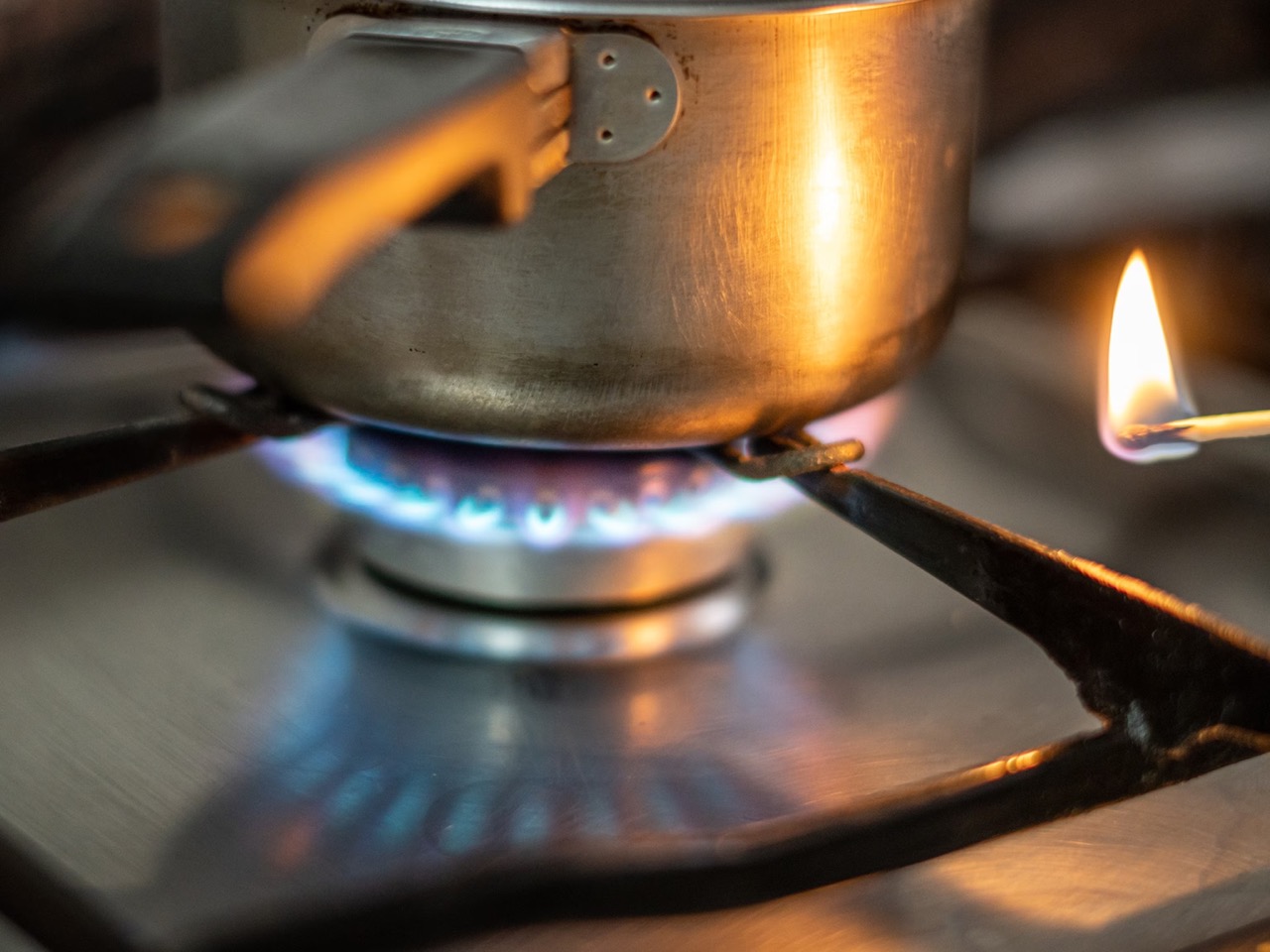
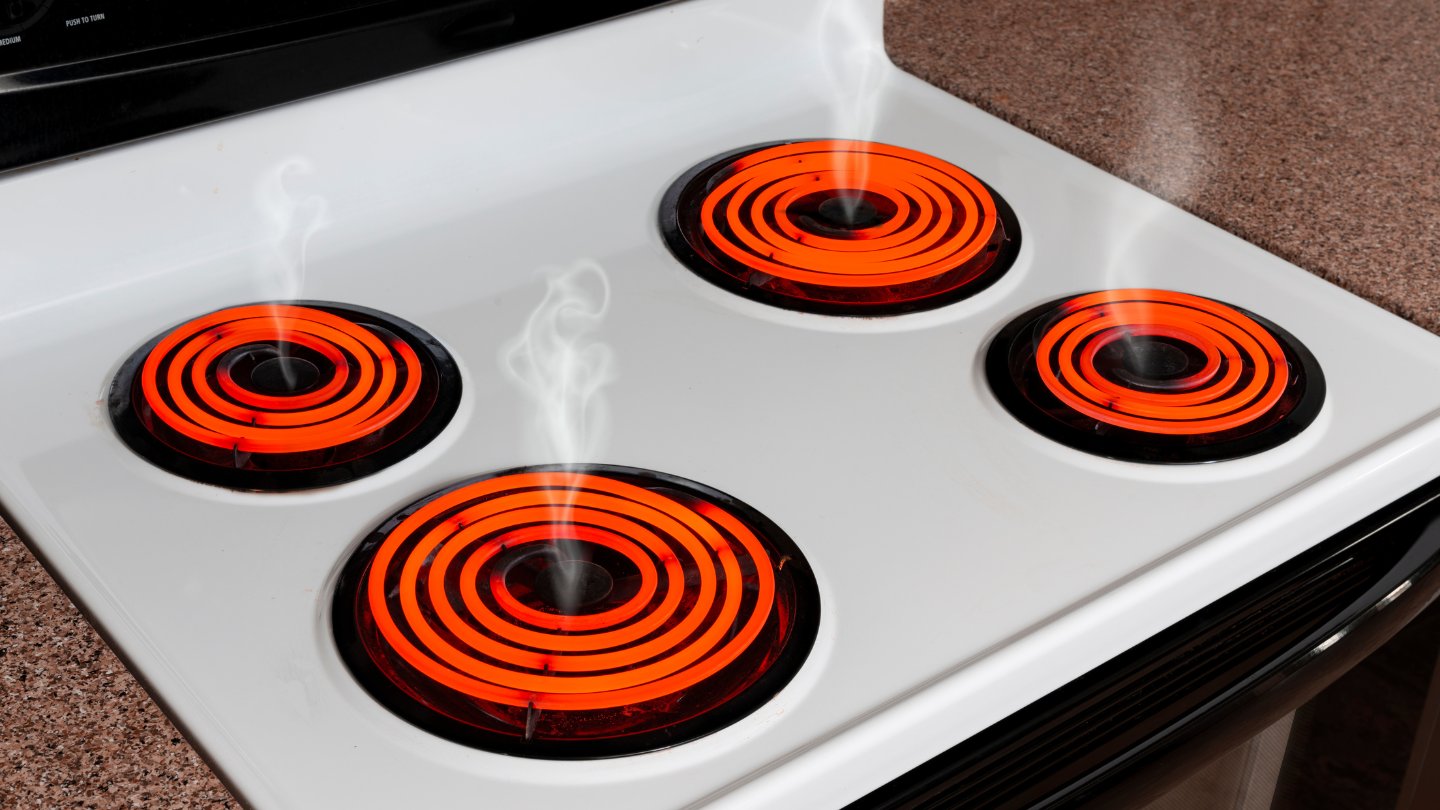
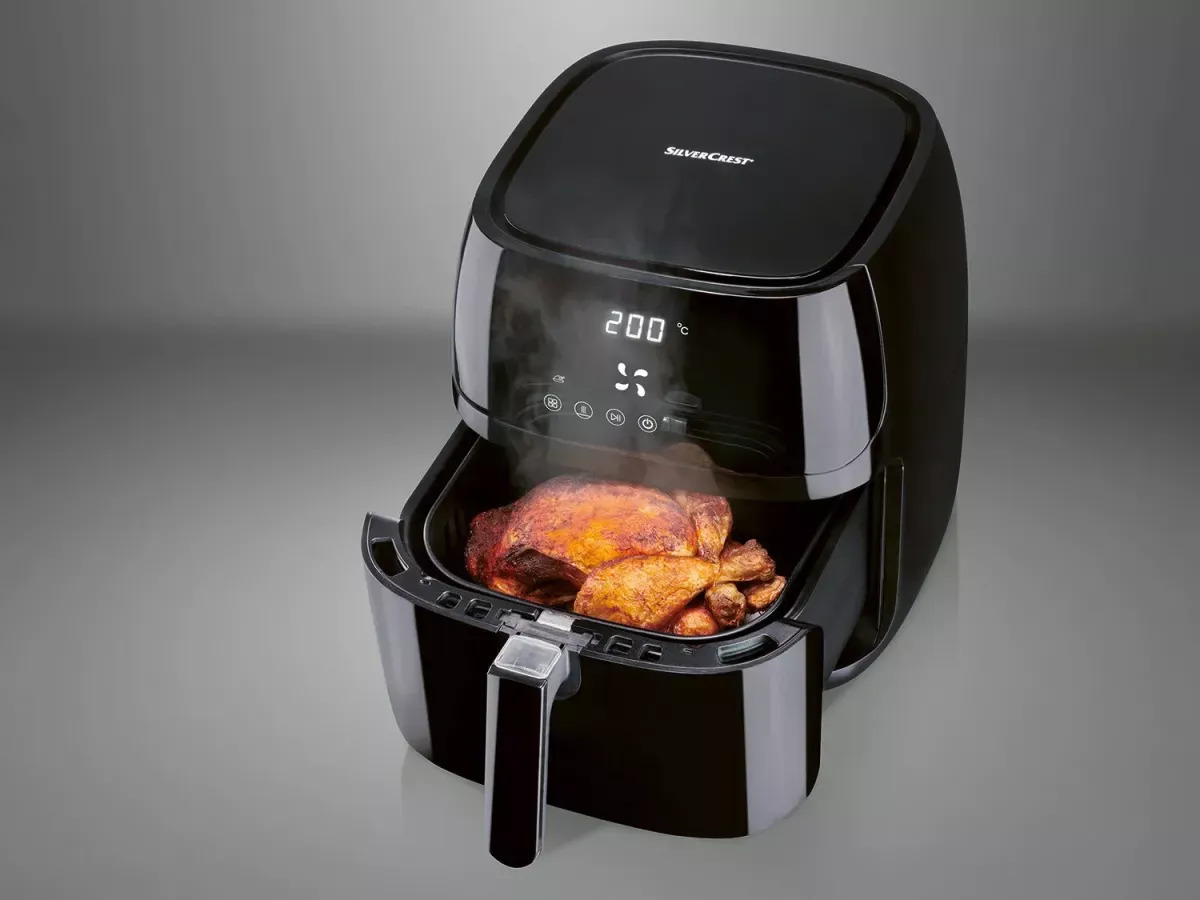
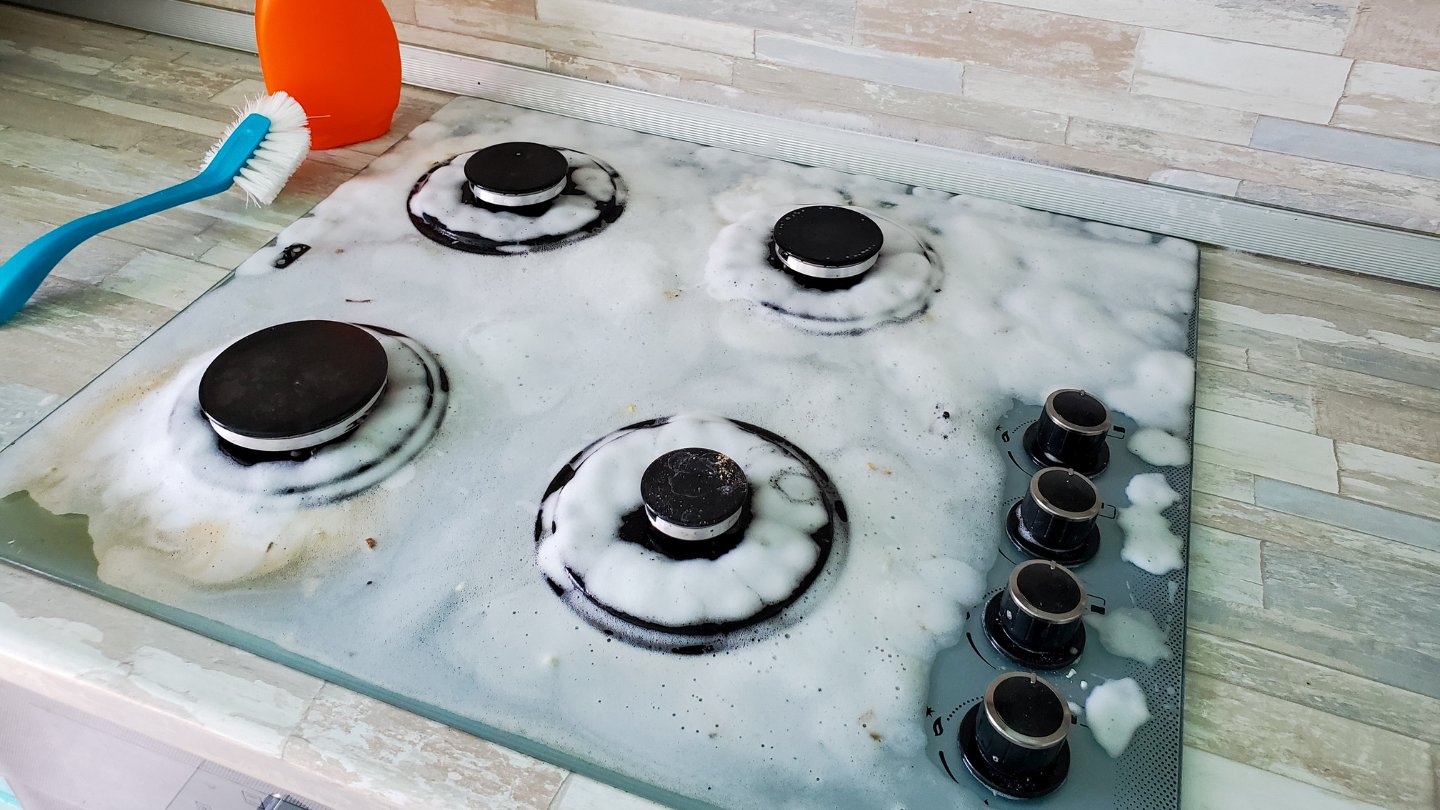
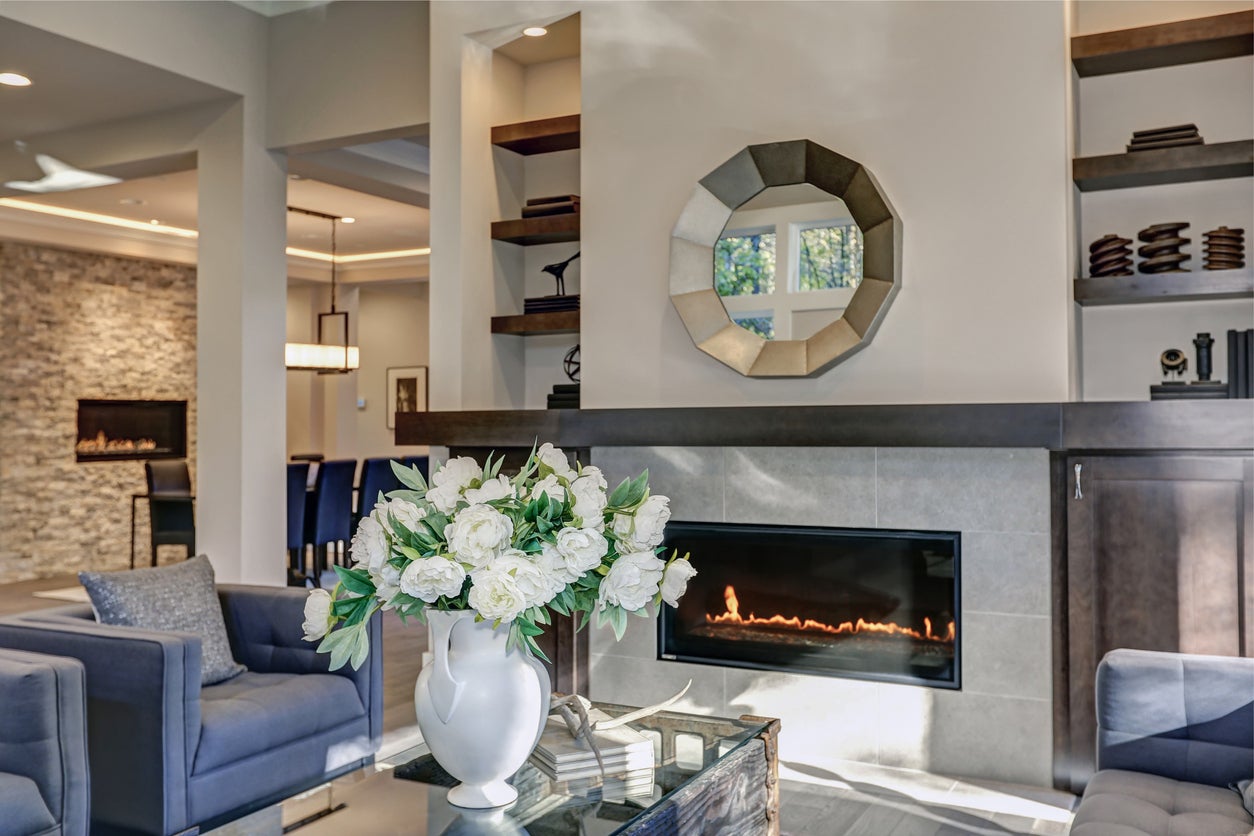
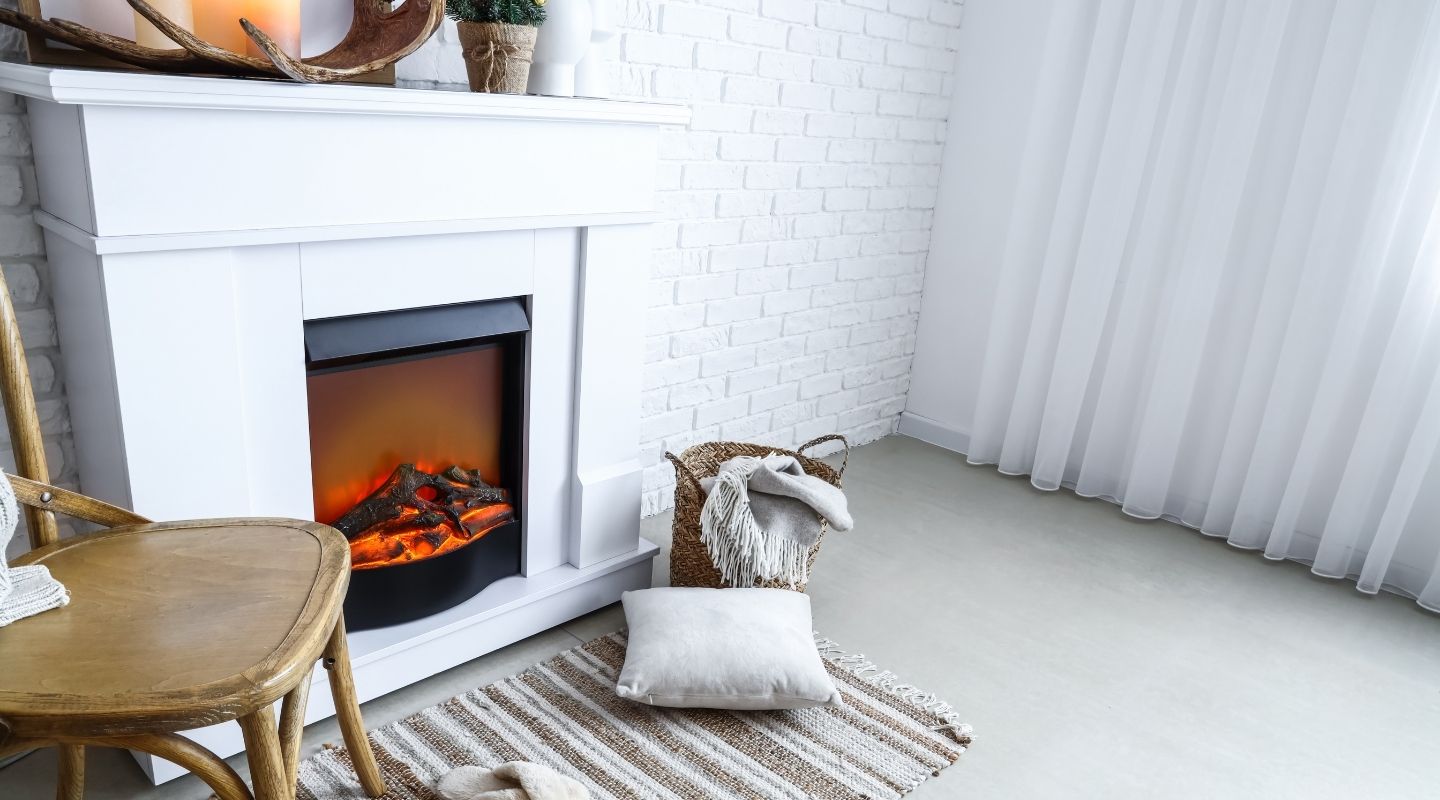
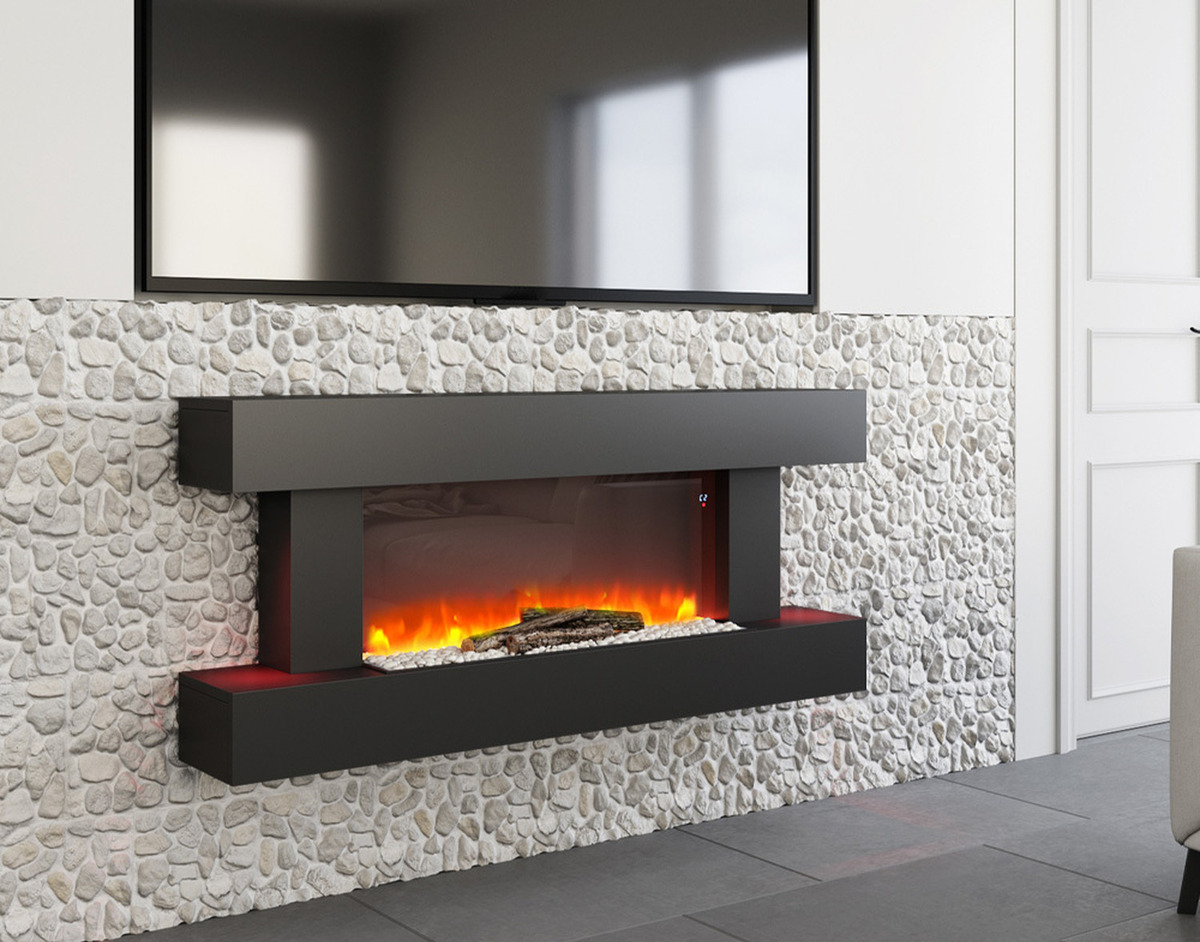

0 thoughts on “Why Does Smoke Come Out Of My Fireplace”